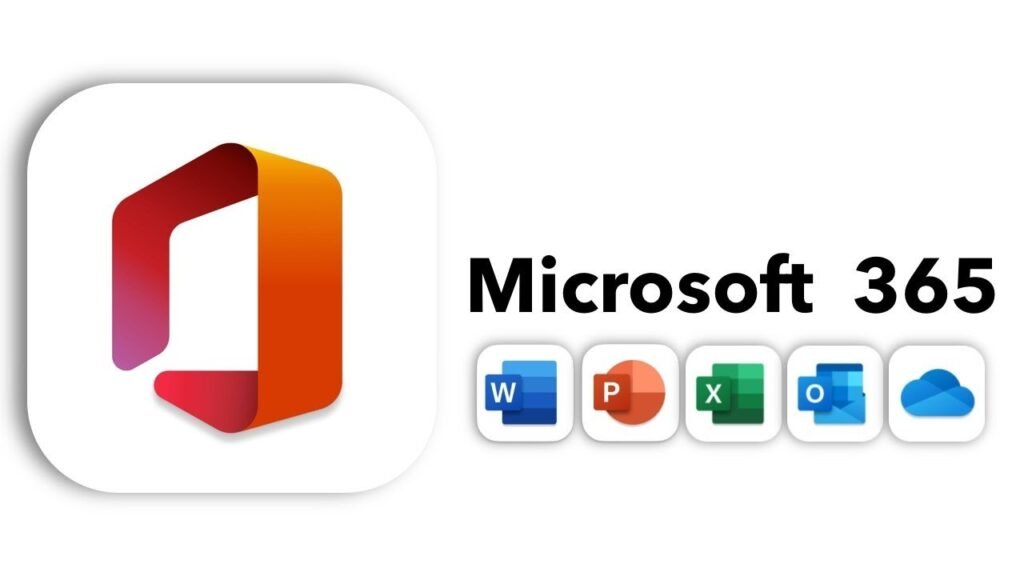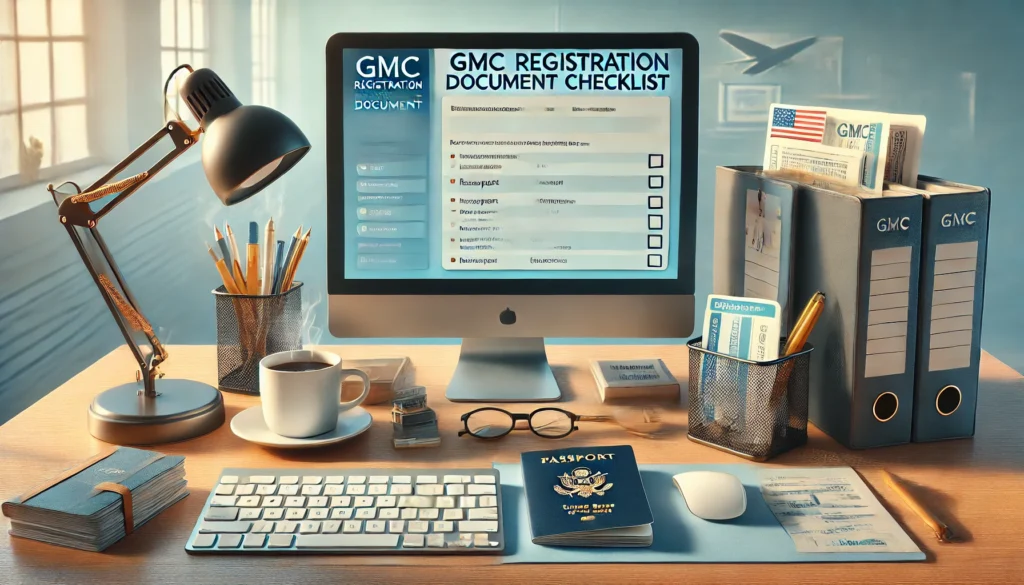Storage options throughout Microsoft 365 Education have changed. Get access to the new capabilities in the Microsoft 365 Admin Center right now to manage and visualize the storage at your school.
What’s evolving?
All school tenants will receive 100TB of free pooled storage across OneDrive, SharePoint, and Exchange starting at the next contract renewal, but no earlier than August 1, 2024. Additional pooled storage per paying user will depend on your subscription plan.
As of right now, 99.96% of schools are well below their storage allotment. All schools may create intelligent data governance policies and manage their information more effectively with new technologies. Among the advantages we anticipate are assisting educational institutions in mitigating the security threats linked to legacy storage and data proliferation, an issue that chief risk officers find most concerning, as well as improving our common environmental impact.
Extra Room for Storage
Depending on need, more storage can be bought in 10TB increments at an estimated retail price of $300 USD per month.
Storage restrictions
The greatest amount of storage that can be used by all of your combined users is known as the total pooled storage limit. To calculate A3 or A5 licenses, use this formula: Capacity/limit is equal to 100TB + (A3 paid users x 50GB) + (A5 paying users x 100 GB) + (extra storage purchased).
Office 365 A1 clients
With effect from February 2024, the 100TB of pooled storage for the school tenancy will only allow users with the free Office 365 A1 subscription to use a maximum of 100GB of OneDrive storage. IT administrators can choose to provide A1 users a lower limit.
Free tools
In addition to offering free tools in the M365 Admin Center to more easily manage saved data and end-of-life stored files that are no longer needed, Microsoft also offers tools to visualize current storage allocation and utilization across OneDrive, SharePoint, and Exchange.
Why are we changing in this way?
Cut down on security risk
Since the shift to the cloud, there has been a noticeable growth of stored files, data, and unused accounts since there has been a proliferation of stored files and data without an end-of-life plan. Cost-wise, this is unsustainable, and it exposes educational institutions and their students to the possibility of a data breach. Education is currently the sector most affected by cybercrime; in K–12 alone, almost 80% of workplace malware assaults occur.
Reduce the influence on the environment
Our carbon footprint is impacted by files that are no longer in use; more than half of the data that companies retain is useless. The storage of this “dark” data increases electricity usage and takes up server space, accounting for 4% of the world’s greenhouse gas emissions in 2020 alone.1 Microsoft is dedicated to lowering our collective carbon footprint and protecting the security and privacy of student and school data. Our datacenters are already constructed with the strictest environmental regulations in mind. Customers in the education sector can contribute with this development.
Encourage creativity in education
Microsoft’s goal in education is to enable teachers, students, and institutions to do more. Microsoft keeps coming up with new tools, services, and technologies in order to accomplish this. Microsoft now offers the Microsoft 365 Education suites at substantial savings off of commercial price or through free software grants. These latest changes allow us to keep funding significant innovation while expanding the number of institutions we serve globally.
What modifications is Microsoft making to the Microsoft 365 storage system?
Microsoft is updating the storage options available to users of our Microsoft 365 for Education suite. All tenants of institutions will receive 100TB of free pooled storage across OneDrive, SharePoint, and Exchange starting at your next contract renewal, but no earlier than August 1, 2024*. Paid users of A3 and A5 subscriptions will receive an additional 50GB or 100GB of pooled storage per user (not including Student Use Benefits). The total storage limit of an institution with pooled storage is the maximum amount of storage that all users together are allowed to use.
Furthermore, users of Office 365 A1 (a free subscription) will only be able to use a maximum of 100GB of OneDrive storage out of the 100TB of pooled storage available to the institutional tenant as of February 1, 2024. Depending on their demands, institutions will be able to buy more incremental storage. A few advantages we anticipate are assisting organizations in mitigating some of the security threats linked to legacy storage and data sprawl—a major worry for the majority of chief risk officers—as well as lessening our collective environmental impact.
Importantly: On August 1, 2024, technical enforcement will start. As of right now, 99.96% of institutions are far below their storage allotment. On August 1, 2024, Microsoft will offer free extra storage to handle pooled storage overage for any mid-enrollment customer who exceeds that storage cap for the duration of their current term. Customers wishing to purchase additional storage will need to get in touch with their Microsoft salesperson in order to prevent any service interruptions.
Why is Microsoft altering Microsoft 365 storage in this way?
Since the shift to the cloud, there has been a noticeable growth of stored files, data, and unused accounts since there has been a proliferation of stored files and data without an end-of-life plan. Cost-wise, this is unsustainable, and it exposes educational institutions and their students to the possibility of a data breach. Education is currently the sector most impacted by cybercrime; in K–12, over 80% of malware infections occur in the workplace.
Furthermore, files that are no longer in use contribute to our carbon footprint because more than half of the data that businesses retain is useless. The storage of this “dark” data increases electricity usage and takes up server space, accounting for 4% of the world’s greenhouse gas emissions in 2020 alone.1 Microsoft is dedicated to lowering our collective carbon footprint and protecting the security and privacy of student and institutional data. Our datacenters are already constructed with the strictest environmental regulations in mind. Customers in the education sector can contribute with this development.
Ultimately, Microsoft wants to enable educators, instructors, and educational institutions to do more. Microsoft is always innovating new technology, tools, and services for schools in order to fulfill this purpose. One example of this is the new Learning Accelerators, which were unveiled earlier this year and help children with reading and other critical skills. These days, Microsoft offers education-focused Office 365 and Microsoft 365 for Education suites at substantial savings from commercial price or through free software grants. We can now offer our services to additional institutions globally and keep funding significant innovation thanks to these new improvements.
First World Economic Forum
How does this affect educational institutions?
Microsoft is providing a suite of free tools to assist institutions in managing this transition. These tools include the ability to visualize storage allocation and usage across OneDrive, SharePoint, and Exchange, as well as the ability to more easily manage stored data and end-of-life stored files that are no longer needed. As of right now, 99.96% of institutions are far below their storage allotment. All institutions can now create intelligent governance policies and manage their information more effectively thanks to new technologies. Visit the Microsoft 365 Admin Center to view the current storage profile of your institutional tenant and to have access to the new storage management capabilities. Download the Microsoft 365 Storage Guidance booklet for storage advice.
To what extent does our organization currently have access to storage?
Each tenant of an institution has a base storage capacity of 100TB. The premium user licenses for Office 365 and Microsoft 365 A3 and A5 increase the available storage by 50GB and 100GB, respectively. Institutions can also expand the tenant pool by adding more pooled storage in 10TB increments for $300 estimated retail USD each month.
Utilize this computation to determine your capacity: Capacity/limit is equal to 100TB + (#A3 paid users x 50GB) + (#A5 paying users x 100 GB) + (extra storage purchased).
As an illustration, consider this:
Total Pooled Storage Allocation/Limit (258,120 GB) = 100 TB Default Limit (102,400 GB) + 500 A3 Faculty Licenses (25,000 GB) + 1,000 A5 Faculty Licenses (100,000 GB) + 3x 10TB Storage Packs (30,720 GB)
Go to the Office 365 Education Service Description Update webpage for more information and a complete list of licenses that support pooled storage.
How can I see how much storage we’re currently using?
You can obtain the storage report from the Microsoft 365 Admin Center to determine how much storage the tenant of your institution is consuming. To accomplish this, go to admin.microsoft.com and take these steps: Storage in Microsoft 365 Admin Center > Reports.
Which services does the pooled storage offer?
Specifically, OneDrive, SharePoint, and Exchange all have pooled storage. All sites are included in the storage for SharePoint. It comprises user, shared, and group mailboxes for Exchange. Public, archived, and discovery mailboxes are exempt from the storage cap.
Are users who use the Student Use Benefit or Alumni users deducted from the storage pool?
Users that pay for access add to the storage pool. Alumni and Student Use Benefits (SUB) are not added to the pool. All users, though, including alumni and SUB, use the pool’s storage. Microsoft advises imposing restrictions on different user groups in order better to manage the institution’s tenant’s storage pool.
What resources and tools does Microsoft offer to assist me in managing my storage?
Microsoft is providing a suite of free tools to assist institutions in managing this transition. These tools include the ability to visualize storage allocation and usage across OneDrive, SharePoint, and Exchange, as well as the ability to more easily manage stored data or end-of-life stored files that are no longer needed. The new tools listed below can assist IT in managing storage:
See the available storageOrganize and tidy the storageEnd-user storage management; viewing pooled storage limits and service-by-service consumption breakdowns; observing the most frequently used storage on OneDrive, SharePoint, and Exchange; Create a report of inactive users to be deleted in bulk. Set OneDrive storage limitations in bulk.* Allow users to control and inspect their OneDrive storage
Download the Microsoft 365 Storage Guidance eBook for storage advice accessible in 2024.
What should I do if my storage limit is being approached or exceeded?
You have a couple choices if the tenant at your establishment is using more storage than allowed or is almost there:
Establish boundaries and declutter current storage by consulting the Microsoft 365 Storage Guidance guidebook.
• Buy more storage in increments of 10TB ($300 USD estimated retail/month)
• Purchase extra paid user licenses to increase your pool of storage (50GB for Microsoft 365 A3 and 100 for A5 licenses)
What occurs if a tenant at my institution uses more storage than is permitted?
Administrators will be notified when tenant storage reaches 80% and 90%. When the admin reaches 100% capacity, they will be notified again and given 30 days to respond. If nothing is done, the storage for OneDrive and SharePoint will be locked in a read-only mode after 30 days.
Furthermore, while the services are restricted, new OneDrive and SharePoint sites cannot be created. There won’t be any changes to exchange. Users of your site can still transmit and receive data. Content from SharePoint and OneDrive will be expungable. Microsoft suggests boosting your storage space with extra A3 or A5 licenses, storage packs, or cold storage options like Azure Files or Azure Blob storage, or decluttering storage and eliminating sites or material.
When the limits take effect on August 1, 2024, SharePoint and OneDrive will be instantly converted to read-only if the tenant hits 125% capacity. On August 1, 2024, Microsoft will offer free extra storage to any mid-enrollment user who exceeds that storage cap for the duration of their current term. Customers wishing to purchase additional storage will need to get in touch with their Microsoft salesperson in order to prevent any service interruptions.
What occurs if the 100GB allotted for Office 365 A1 customers is exceeded?
When the storage limit is about to be reached, users will get alerts. The 90% storage capacity notification level is the default. The user’s OneDrive will only allow read-only access when it reaches 100% capacity. OneDrive users will no longer be able to upload, modify, or sync new files; all current files will remain read-only. Users can still empty recycle bins, download files, and delete files, nevertheless.










